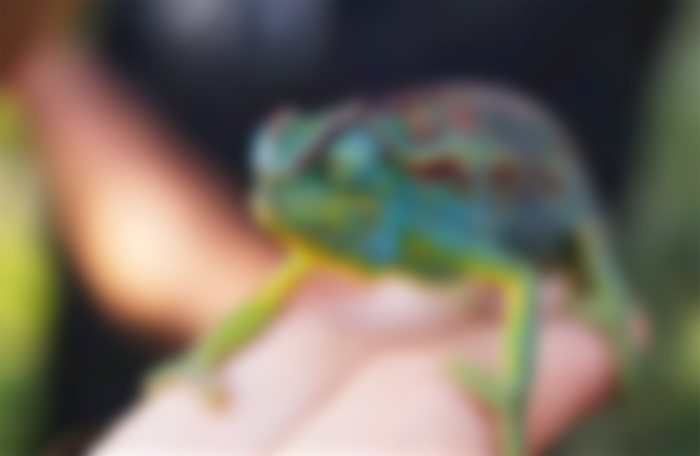10 Things Found In The Internet We Thought Were True But Lies
From the viral Australian wildfire pics to biological myths — there are many of these things that we believe to be real. Nowadays photo editing pros can fool even the most attentive eyes and the “news” found on the web always requires double-checking.
Here's a list of internet famous facts that turned out to be false.
1. Clouds above the Australian wildfires
Not true: A picture taken in January 2020 shows reddish clouds over the bushfires burning in Australia.
True: The picture of pink clouds circulated around the web in 2018. Back then, the captions indicated that these were the skies over California, where huge wildfires were happening. The picture, originally taken by Nathan Province, was posted by meteorologist Owen Shieh and actually captured a sunset in Hawaii, so it had nothing to do with the bushfires.
2. Chameleons change color to match their surroundings.

Not true: Chameleons disguise themselves by changing colors according to their surroundings — they become the same color as wood or grass.
True: Chameleons don’t adjust the color of their skin to match their environment. Rather, they modify color as a reaction to stress, mood changes, weather, outside temperature, and light.
3. You have to wait 24 hours to report someone missing.
Not true: You can only report someone missing once the person has been gone for more than 24 hours.
True: You can and should report a person missing as soon as you realize they have gone missing. It’s possible that the police will decide to wait before they start their investigation, depending on the case. But letting the police know right away is for sure a better idea than waiting.
4. Dogs sees color.

Not true: Dogs don't see colors.
True: Dogs can see color, just not as many colors as humans can. Dog vision is actually pretty similar to a human, they just don’t see red and green as vivid as humans do. In fact, humans can’t see all the colors either — for example, infrared light or ultraviolet light like spiders and snakes can.
5. We only use 10% of our brains.
Not true: Usually people only use 10% of their brains. If we could use the remaining 90%, humans would be capable of much greater things.
True: Our brains are divided into diverse sections, and each section is responsible for a certain thing. So while we may not use all of our brain abilities at the same time, we are using it all. Unless you’ve had a lobotomy.
6. The pic showing a koala rescued from a bushfire in Australia (2019)

Not true: This is a photograph showing a koala who was saved from a bushfire in Australia in 2019/2020.
True: The picture does indeed show a koala being treated after being rescued from a fire in Australia. Though the photograph was taken in 2015, not 2020. The Australian Marine Wildlife Research & Rescue Organization shared the picture in January 2015, explaining that Jeremy, the pictured koala, was having his paws treated for second-rate burns.
7. Gum stays in your body for 8 years.
Not true: The human body can't properly digest chewing gum, so it stays in the digestion organs for 8 years.
True: Humans are unable to digest chewing gum, but it doesn’t stay in the stomach — because the stomach regularly empties into the small intestine. The gum moves through the small intestine together with other food, into the colon, and is later gotten rid of.
8. Never wake up sleepwalkers.
Not true: It's dangerous to wake up a sleepwalker since it can cause them to have a heart attack, go into shock, or cause brain damage, etc.
True: Waking a sleepwalker may stress them out, but saying it’s dangerous is wrong, according to the California Center for Sleep Disorders. When you wake a sleepwalking person, they can feel disoriented or confused, but that's it. It's more hazardous for the sleepwalker to hurt themselves when roaming about in their dreams.
9. A goldfish has a 3-second memory.

Not true: Goldfish only have a 3-second memory and every day is like seeing the world for the first time.
True: Goldfish can remember things for up to 5 months. Researchers from the Israeli Technion Institute of Technology trained young fish to associate a certain sound with feeding time for a month and repeated the same sound in 5 months — goldfish continued to remember the sound.
10. Salty water boils quicker.
Not true: Adding salt to water makes it boil faster.
True: Adding a pinch of salt doesn’t make water boil faster or slower. The salt actually does increase the boiling point of the water (216°F opposed to 212°F), which slows down the boiling process, but for significant difference you’ll need much more salt.
Please kindly share to help others know the truth and share your thoughts in the comments box below.




Wow!!! This is cool